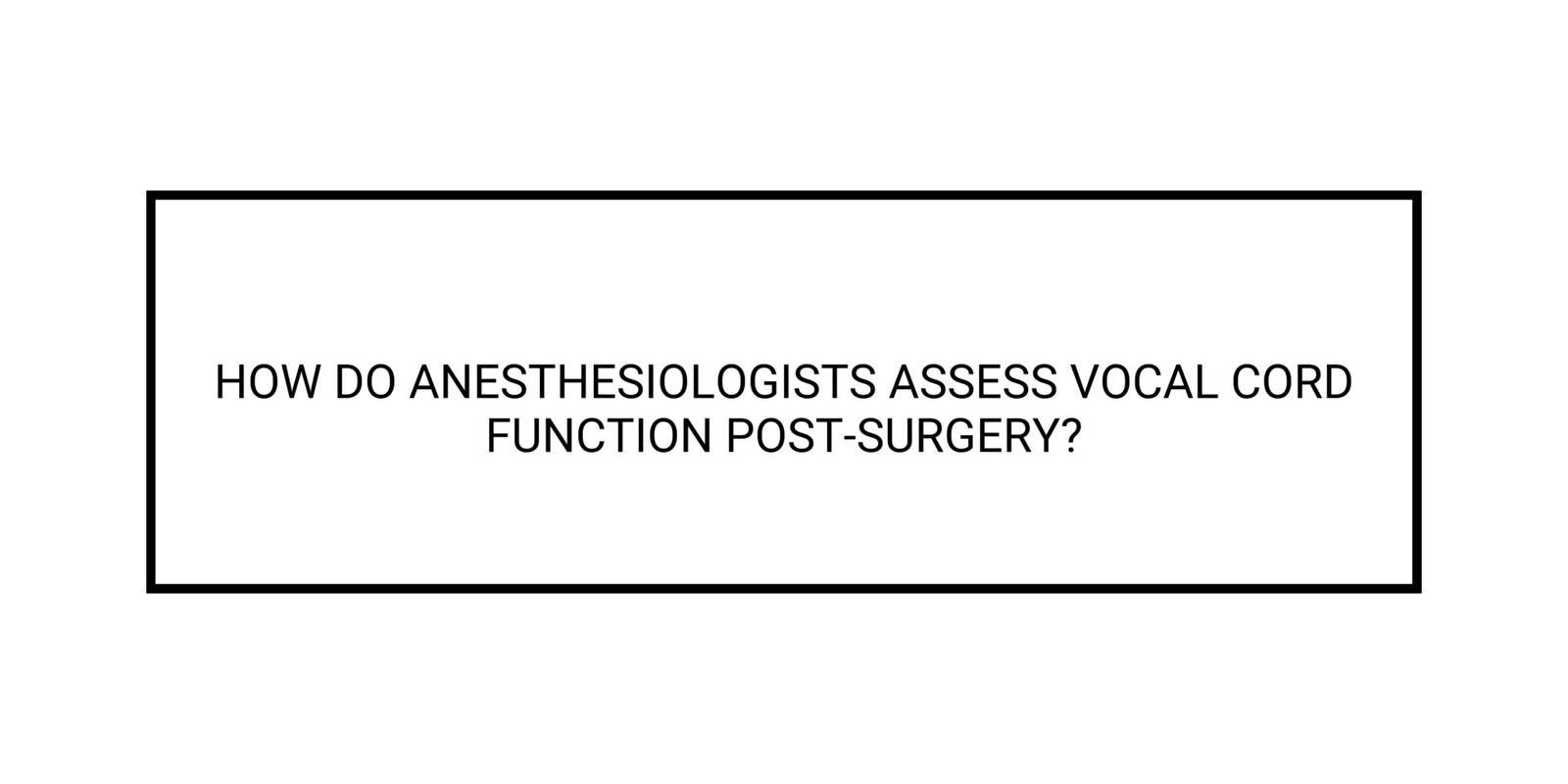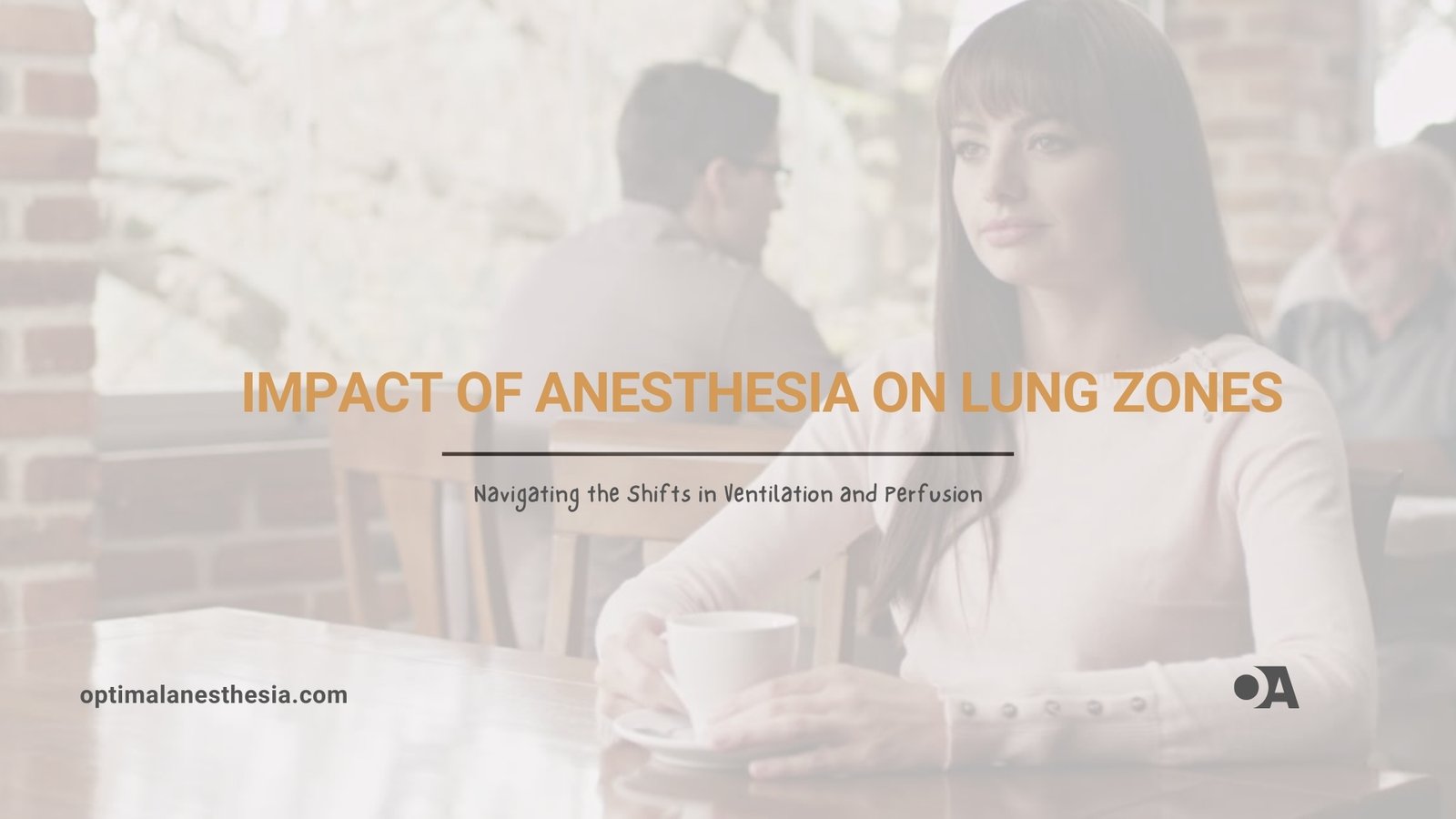Anesthetic Conserving Devices: Revolutionizing Inhalational Anesthesia Delivery
The Anesthetic Conserving Device (ACD) is a game-changing innovation in the field of anesthesiology, offering efficient and controlled delivery of inhalational anesthetics, particularly in intensive care units (ICUs). With their ability to bridge traditional anesthesia machines and standard ICU ventilators, ACDs have expanded the use of volatile anesthetics in settings where they were previously impractical. … Read more









